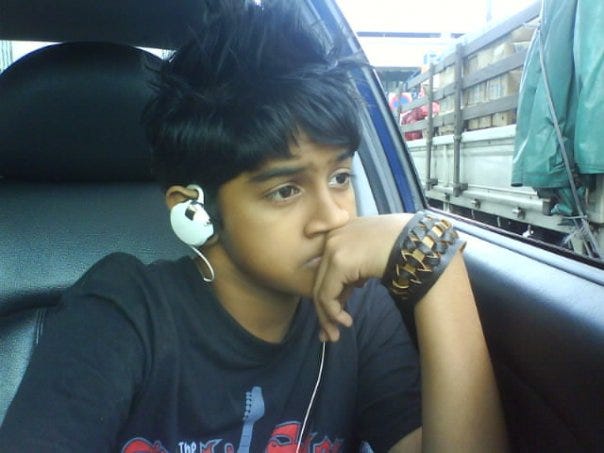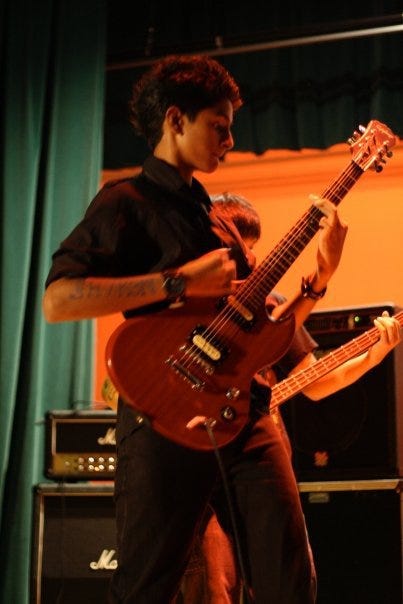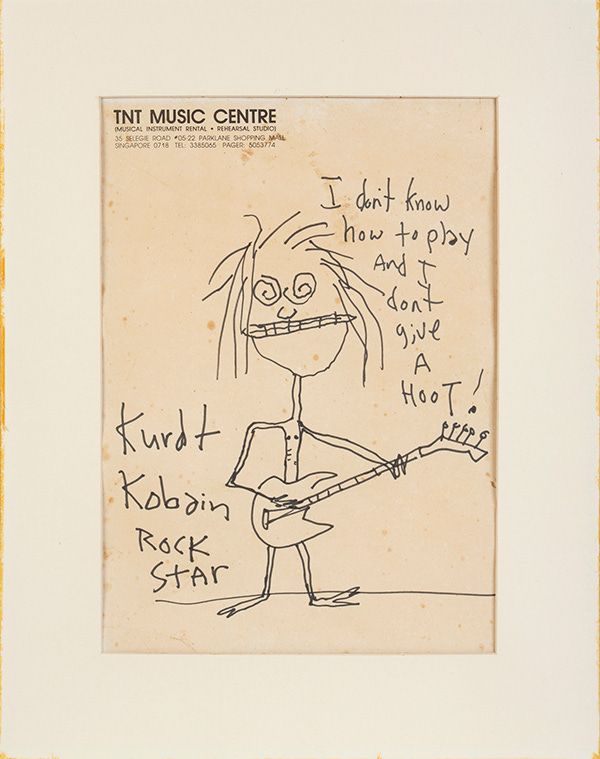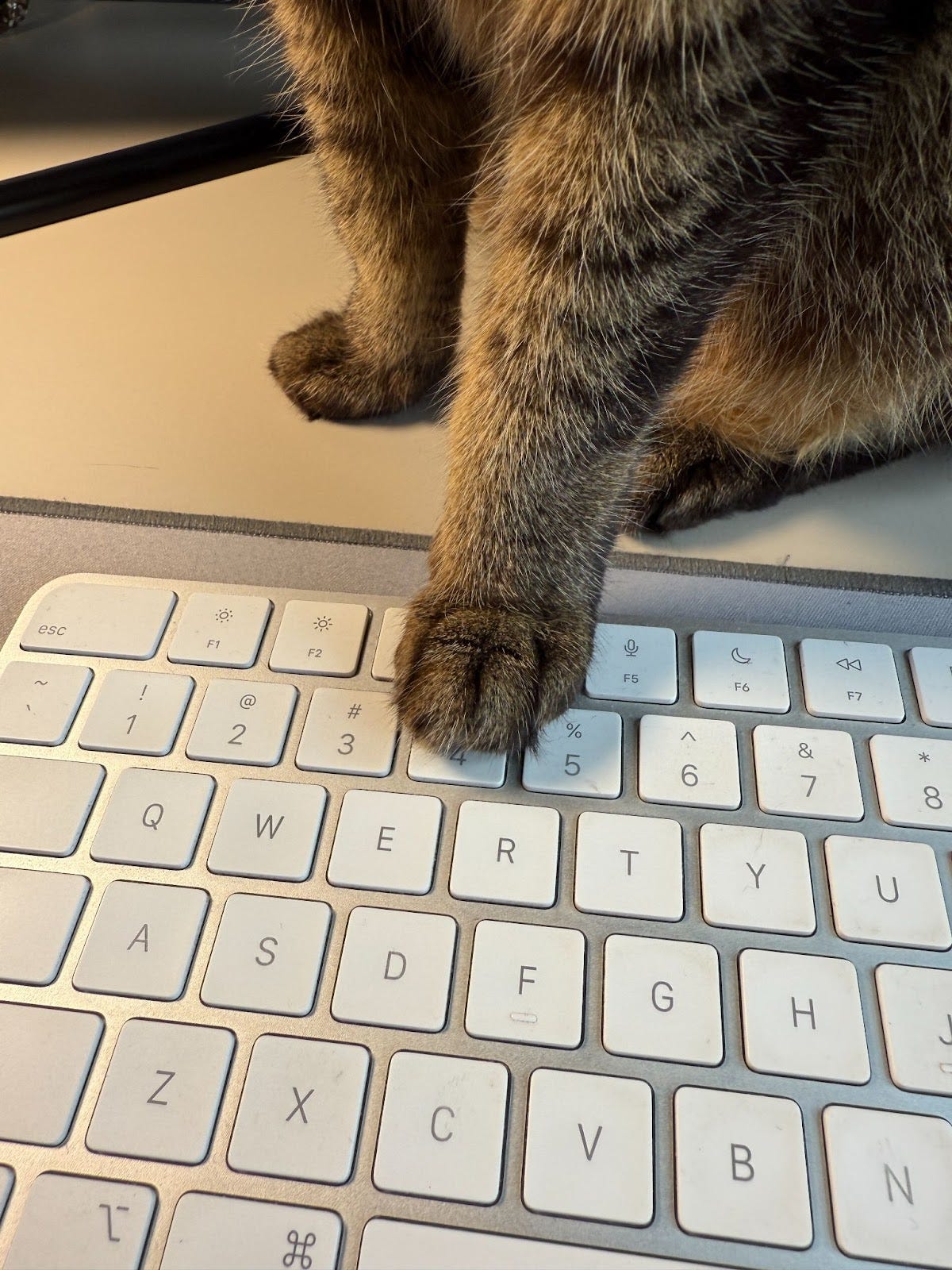Hello everyone,
This is Kristian, Mynah’s newest editor. I’m here to introduce the 5th episode of The Mynah Podcast. This month, Karen and I spoke with Ginette Chittick, a lecturer, visual artist, designer and DJ. She is also a member of the shoegaze band Astreal and Singapore’s first all-girl punk band Psycho Sonique. We spoke to Ginette about the Singapore Punk scene of the 90s: how she got into it, the culture of zines, and Ginette’s latest work as an archivist of graphic ephemera from that era.
If you’re interested in Singaporean subculture of the 90s, the DIY movement, the aesthetic evolution of zines, and the politics of archival work, then this episode is for you. (Just like the Punk aesthetic, this episode is also a little rough around the edges. Don’t mind the occasional squeaky chair, rattling ceiling fan and motorcycles zooming past.)
I’m so pleased that this was the first episode I got to record with the team. Punk music is dear to me. I spent a lot of my teenage years scrolling MySpace looking for new Emo bands to listen to, buying band tees from Penin[sula], and being the screamer in a short-lived Post-Hardcore band called Today, The Holocaust that only ever existed in my friend’s room. I see the Singapore Punk scene of the 90s as my forebear, and I see my history as entwined with Ginette’s. Even though I wasn’t around when Ginette was part of the scene, so many of the things we discussed felt familiar: joining a band even though you only know how to play three chords, wearing multiple layers of black even though the weather is terribly unforgiving, loitering outside malls even though you know security is going to tekan you.
We spent a lot of the episode discussing Ginette’s archival work for her PhD. It involves her documenting artefacts like zines, clothes, and posters, and interviewing the scene friends and acquaintances from whom she borrows them. It was so funny to hear Ginette describe how so many of these pieces of history are just sitting in our parents’ HDB flats somewhere, yellowing and moulding because of Singapore’s humidity. Therein lies the tension in trying to archive ephemera: how do you preserve objects that have an inherent quality of disposability?
As a producer of this history herself, Ginette is well-placed to do this important work: archiving subculture on her own terms, on the scene’s own terms, resisting co-optation.
You can listen to the episode now on Apple Podcasts and Spotify. If you like what you’ve been hearing, please go and tell everyone you know.
As I listened to Karen’s first mix of the recording, I was struck by one of the last things Ginette said. I totally forgot she had dropped this wonderful nugget:
“Punk was all about how the promise of tomorrow by authorities was not guaranteed. It was almost unattainable because it was something that they wanted to take from us and to enforce in a way that we did not like. […] I mean, it's still terrible. I was right. […] I guess when we met up and then we sat down and we saw, we traded stories of how we were previously and how we are now, we're just happy to be with each other and say like, Oh, okay.”
This reminded me of something that music journalist Hanif Abdurraqib wrote in his book They Can’t Kill Us Until They Kill Us. In his essay about one of my favourite writers, Pete Wentz, of one of my favourite bands, Fall Out Boy, he writes:
“It felt, more than anything, an acknowledging of no hard feelings. Or, an acknowledgment of that which we all spend a lifetime searching for: the permission to come home again, after forgetting that there are still people who will show up to love you, no matter how long you’ve been away.”
A while ago, I discovered this hashtag on TikTok: #elderemo. I guess Ginette, Karen and I all belong in that camp to various extents. If it’s not #elderemo, it’s #elderpunk or #elderindie. We aren’t what we were when we were 15 and we’ve spent most of our years alive diving in and out of The Scene—celebrating it, getting annoyed with parts of it, trying our hand at remodelling it, and growing a fondness for all the corners and edges that are ageing and withering. Because those are all the things you do in your home.
Here are some notes and fun extras from the episode:
Forum The Shopping Mall (previously known as Forum Galleria) on Orchard Road used to be a hangout spot for punks in the 90s. Ginette has a few photos in her archive.
Riot Grrrl was an underground feminist punk movement that started in the 90s, originating in the US city of Olympia, Washington. It combined punk music and feminism, and addressed issues like misogyny, abuse and female empowerment within the scene. You can read more about it here.
TNT Music Centre is a recording studio and musical instrument shop in Parklane Shopping Mall. It was a go-to place for punk and metal gigs in the 90s. Kurt Cobain visited TNT Music Centre when he came to Singapore in 1992.
In the episode, Ginette and Karen discuss the sensationalised New Paper article that was published in 1992 about slam dancing. Shortly after the article was published, the state mandated that show organisers would have to put down a $2000 deposit. This was to ensure that people did not slam dance or stage dive during gigs.
In 90s Singapore, there was a vibrant underground Drum and Bass scene that has helped to shape contemporary underground and mainstream club culture. Many of the pioneering DJs crossed over from the Punk scene. You can read more about this particular DnB scene’s history here.
At the end of the episode, Kristian quotes from the book Notes from Underground: Zines and the Politics of Alternative Culture by Stephen Duncombe which explores the history, production and ecosystem of zines.
Look out for Singaporean Punk Archive, a web archive of Singaporean punk ephemera from the early 90s to 00s that Ginette has been documenting. It is slated to launch in the later part of 2025.
BigO (an acronym for Before I Get Old) was Singapore’s first-ever independent rock magazine that covered local underground music. Started in 1985 as a black-and-white-zine, it grew in popularity and eventually evolved into a full-fledged magazine. It shut down in 2023, after it had already transitioned into an online publication. BigO was hugely influential in the 90s and 00s, giving exposure to burgeoning local musicians and writers. Mynah ran a profile on one of BigO’s sharpest commentators, X’Ho, in our second issue. That story was written by another scene OG, Lim Cheng Tju.
To celebrate its 40th anniversary, Neonpulse is organising Big O: 40 Years of Counter Culture, a 2-day music festival celebrating independent and underground music from Singapore. It’s on this weekend, 12 and 13 April 2025. Ginette will be playing with her band Astreal!
Ginette’s Favourite Things
Listening to my kid sing, it's slightly off-key and ever so wonderful.
The smell of my cat's paw (yes, I am weird that way).
True crime podcasts and YouTube videos.
When everyone on the floor at my DAYDREAM NATION indie rock night just rides the wave together.
Studying the graphic ephemera in my archive - it just gives me the warm fuzzies.














